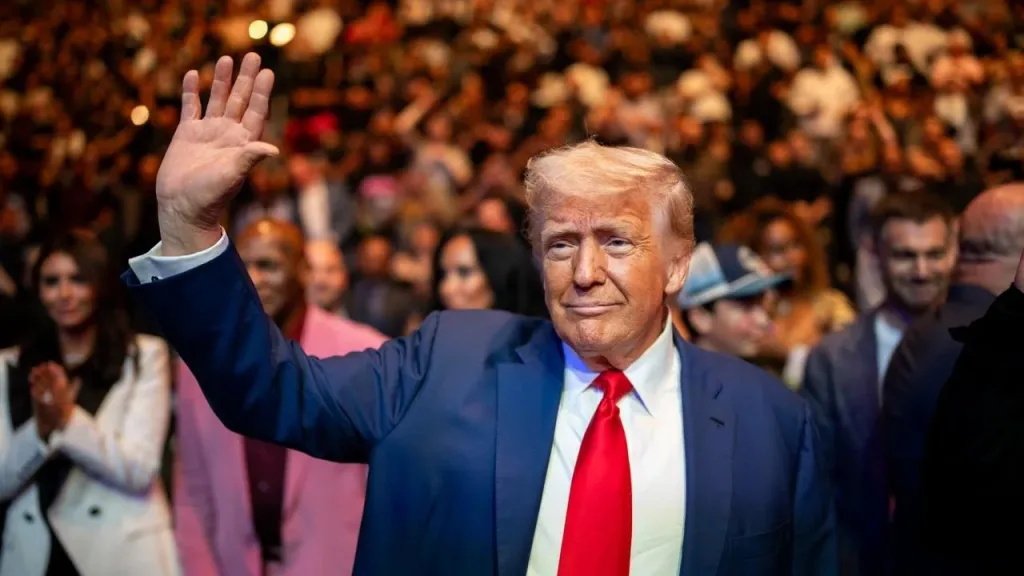"The deal is done": the US and China agree on the amount of duties and metal shipments
The terms of the deal have yet to be finalized by Trump and Xi Jinping themselves

The US and China have agreed on the terms of a trade deal, Donald Trump has announced. Temporary duty rates now in effect will become permanent: total US duties on imports of goods from China will amount to 55%, while China's duties on US products will be 10%. In addition, the two sides agreed on the supply of rare earth metals. U.S. stock futures were falling in the premarket, but indices rose slightly at the beginning of the main trading - including thanks to the inflation statistics, which turned out to be lower than expected.
Details
"Our deal with China is ready, subject to final approval from Chairman Xi and me. <...> We get a total of 55% duties, China gets 10%. The relationship is great," US President Donald Trump wrote on Truth Social media.
Beijing will resume supplying the U.S. with "all the rare earth metals needed", Trump added. And the U.S., he said, will provide China with "what is agreed upon," including admission of Chinese students to U.S. colleges and universities. What else the deal provides for, Trump did not say.
The duties will remain at current levels - reduced relative to their peak in April, when Washington raised them to 145%. The U.S. rate of 55% includes 10% of the basic "retaliatory" duties, 20% of the levies imposed in response to shipments of the drug fentanyl, and 25% representing all other duties imposed previously, wrote Reuters, citing an unnamed White House official.
The terms of the deal were the result of two days of talks between the U.S. and Chinese delegations in London on June 9-10. Representatives of the delegations on Tuesday, June 10, said they had agreed on terms for a trade truce, but showed no signs of a long-term solution to long-standing trade tensions, Reuters noted.
How the market reacted
Trump's comments raised new questions about the terms of the agreed deal, Bloomberg wrote. Because of this, the reaction of markets was uncertain: US stock futures briefly recovered losses, but then fell again, the agency noted.
The main U.S. indices started the main trades with a slight growth. Before the start of trading, data on consumer prices in May were published: they increased by 0.1% - less than expected.
Context
The first round of talks between the U.S. and Chinese delegations took place in May in Geneva. The parties then agreed to mutually reduce duty rates: before the agreements, the total U.S. rate on imports of goods from China was 145%, while China's rate on U.S. goods was 125%.
Because of such high duties, trade between the US and China has practically stopped for a while: the trade war has hit both large and small American companies dependent on Chinese supplies and production facilities.
